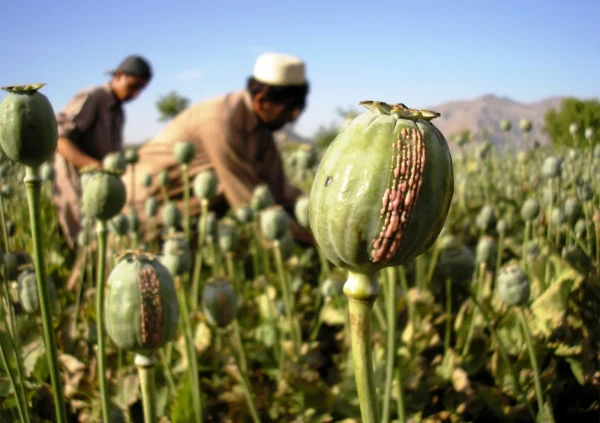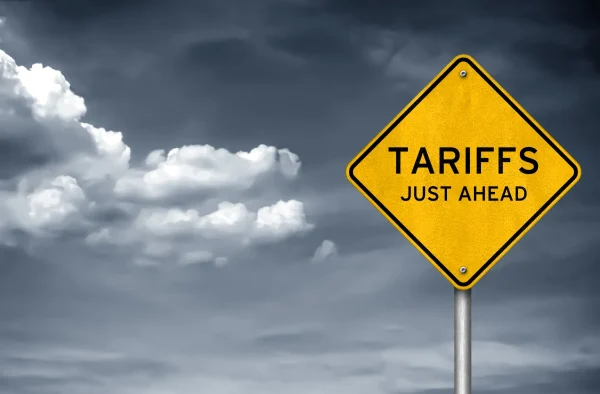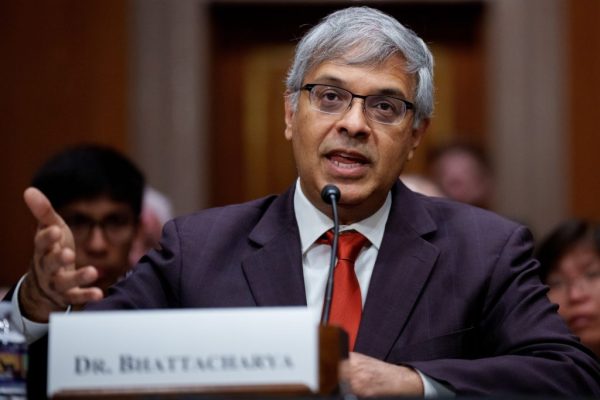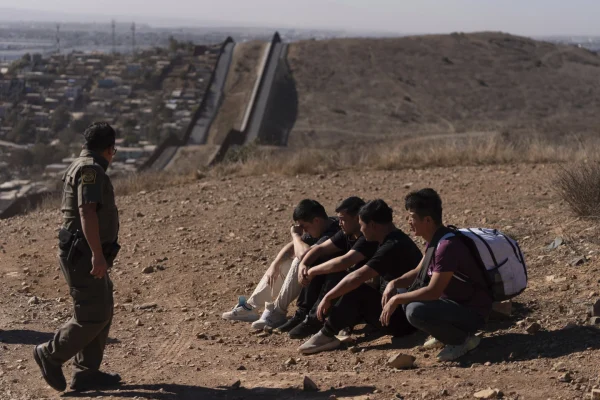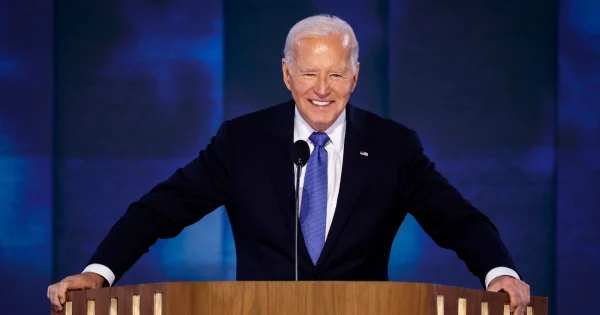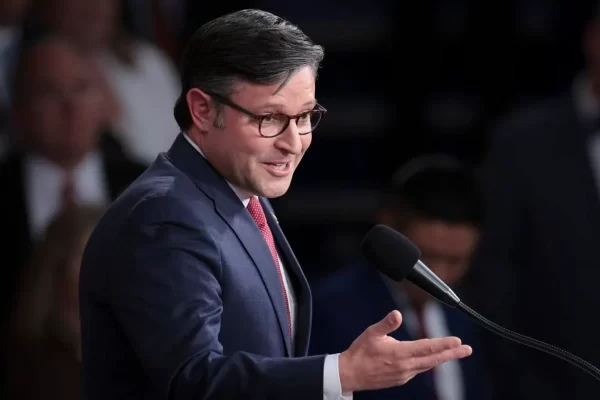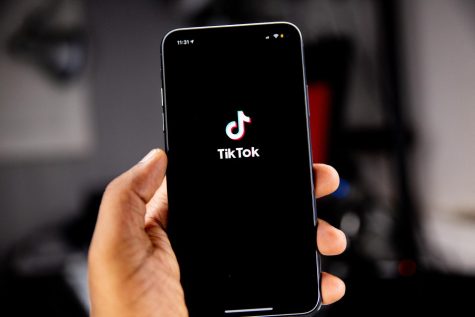Danger in Caution
Psychologists concerned about negative effects of active shooter drills
Lights, locks, out of sight. As teachers rush to doors, students huddle in corners, a sudden pulse of adrenaline filling them with fearful energy. Unsure whether in the middle of a drill or under an actual active shooter threat, each student’s mind floods with images and scenarios as they question what would happen should the shooter reach them. The drill ends, lights turn back on, but a darkness lingers in their thoughts.
This regularly regimented practice is ingrained in students’ minds almost as soon as they begin school. However, after the Feb. 14 shooting at Marjory Stoneman Douglas High School in Parkland, Fla. where constant drilling failed to protect students, psychologists question whether the negative neurological effects of active shooter drills outweigh the benefits.
“I think we tend to focus and put more weight on the negative as opposed to the positive,” Gamma Subschool Principal Al Gallo said. “There are plenty of instances where these things happen and are resolved very positively. We don’t hear those as much, or when we do we move on to the next story. It’s when we hear the tragedy that then lingers.”
Coming to school everyday, students are constantly reminded that school is a safe place. Dr. Stephen Brock, a member of the National Association of School Psychologists and a professor at California State University Sacramento, is concerned that these drills contradict that idea, instead enforcing the notion that schools are violent institutions.
“To protect children from the idea that there’s danger beyond [their] control is another question I think,” biology teacher Mr. Brandon Ray said. “There is evil in the world, and [they] do need to be prepared for it. I think starting that young is good because it helps [them] understand the balance of life.”
Drill procedures across the district are composed of a standard lockdown, meant to buy time until authorities arrive. However, other districts make use of “simulation drills” in which staff members and students are placed in a simulated active shooter situation with fake blood and corpses. In April 2013, one such drill took place at Pine Eagle Charter School in Halfway, Ore. Following the unannounced drill, teacher Linda McLean suffered from PTSD and later sued the school due to her trauma.
“It is such a traumatic thing to begin with,” Mr. Ray said. “Simulating it for almost 3,000 kids is maybe not the best thing to do.”
Recently, Nikolas Cruz made use of the drill procedures at Marjory Stoneman Douglas High School in Parkland, Fla. to commit a mass shooting. Since Cruz had been through the school system, he was aware of drill procedures and pulled a fire alarm before opening fire on students, causing confusion regarding safety procedures.
“That issue was probably broken down to a lack of communication,” Mr. Gallo said. “It all comes down to how well the communication is within that drill to find out what’s going on next.”
In regards to communication, the district plans to install intercom systems in senior high schools to replace the current bell system.
“Unless [students] see the posters that say this bell pattern is a lockdown drill, [they] may not know what to do,” Mr. Gallo said. “We’re always trying to find ways to improve upon that.”
No changes to the drill schedule or procedures have been announced for the next school year. The district will continue holding two lockdown drills in the fall, one of which will be unannounced, and one in the spring.
“The bottom line is, we’re doing everything we can to help [students],” Mr. Gallo said. “So sleep well, this place is safe.”



